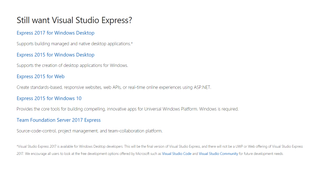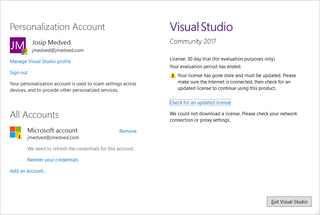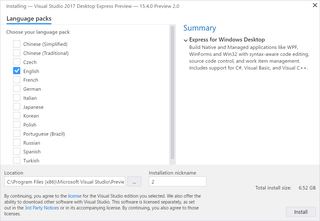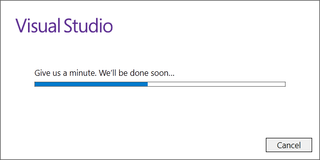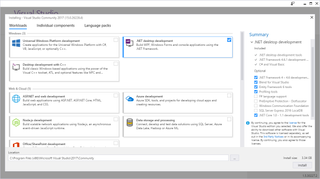Broken Korean and Japanese in RichTextBox
For a while now my QText utility had an elusive issue. I got multiple reports from Korean and Japanese people that text input doesn’t work properly. Unfortunately they often wouldn’t leave e-mail or wouldn’t feed me with more information to understand the issue.
But eventually, one nice Korean gentleman did manage to show the problem by taking video of him taking notes in Notepad and QText side by side. To reproduce it on my side, I installed Korean keyboard and tried to repeat his (English) sequence: EKS CNR ZL.
In Notepad that sequence resulted with “단축키” while my QText caused text to read “단ㅊㅜㄱ키”. Due to my knowledge of the Korean Starcraft scene, I was aware that Korean letters are grouped into blocks. And obviously QText was somehow messing it up.
After a bit of bumbling around, I found the issue was in OnSelectionChanged handler with further analysis showing the SelectionLength property to be the one causing the actual issue:
protected override void OnSelectionChanged(EventArgs e) {
this.IsSelectionEmpty = (^^this.SelectionLength^^ == 0);
if (^^this.SelectionLength^^ == 0) { this.CaretPosition = this.SelectionStart; }
base.OnSelectionChanged(e);
}Next stop was Microsoft’s Reference Source for .NET where took a look into RichTextBox.cs and SelectionLength property only to see the following comment:
// RichTextBox allows the user to select the EOF character,
// but we don't want to include this in the SelectionLength.
// So instead of sending EM_GETSEL, we just obtain the SelectedText and return
// the length of it.This little innocent note actually pointed toward SelectedText property which does a lot of work internally, including sending EM_STREAMOUT message. This call unfortunately terminates IME entry a bit early and Korean character block boundaries get broken.
Fix I decided on was to ignore EOF issue from the comment and use EM_EXGETSEL message to determine what is the current selection length. Short version of committed code went something like this:
protected override void OnSelectionChanged(EventArgs e) {
var range = new NativeMethods.CHARRANGE();
NativeMethods.SendMessage(this.Handle, NativeMethods.EM_EXGETSEL, IntPtr.Zero, ref range);
this.IsSelectionEmpty = this.IsSelectionEmpty = (range.cpMin == range.cpMax);
if (this.IsSelectionEmpty) { this.CaretPosition = range.cpMin; }
}
private class NativeMethods {
internal const int WM_USER = 0x0400;
internal const int EM_EXGETSEL = WM_USER + 52;
[StructLayout(LayoutKind.Sequential)]
internal struct CHARRANGE {
public int cpMin;
public int cpMax;
}
[DllImport("user32.dll", CharSet = CharSet.Unicode)]
internal static extern IntPtr SendMessage(IntPtr hWnd, Int32 Msg, IntPtr wParam, ref CHARRANGE lParam);
}